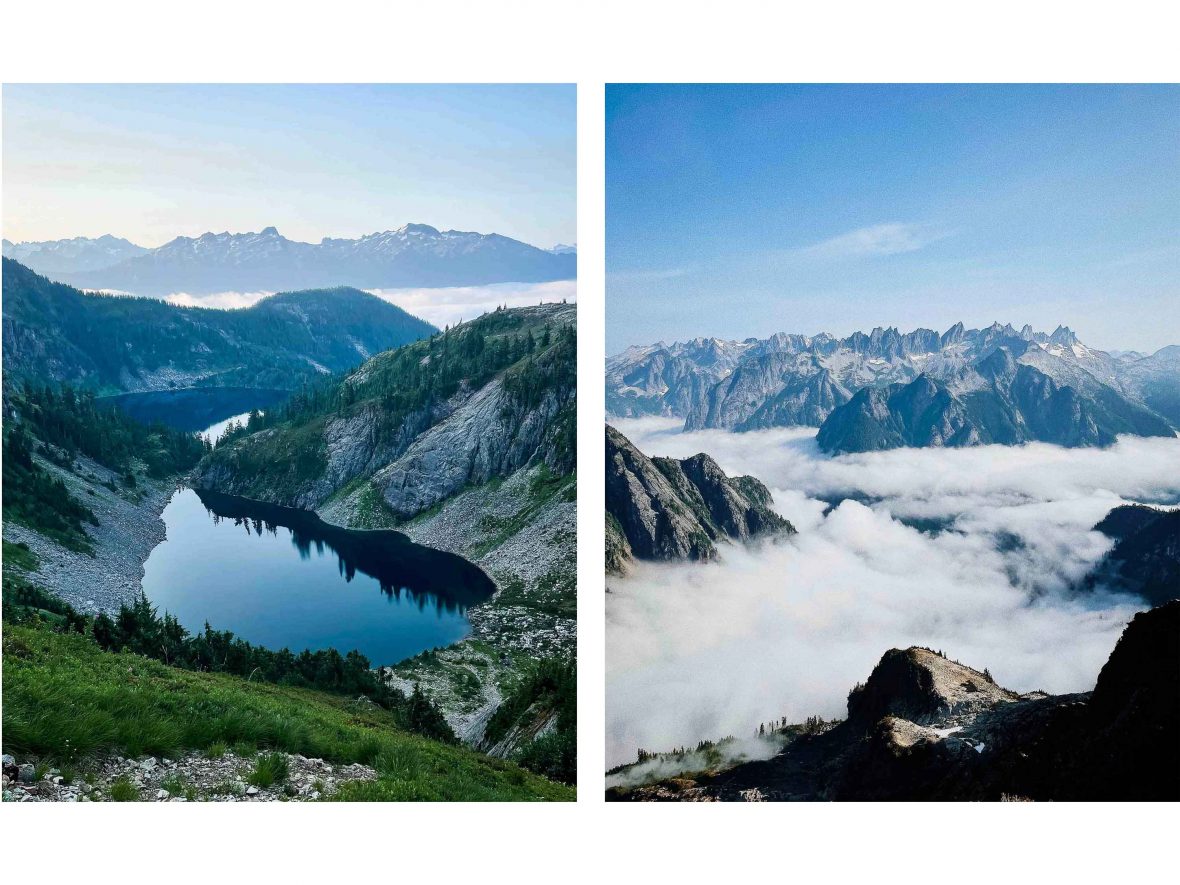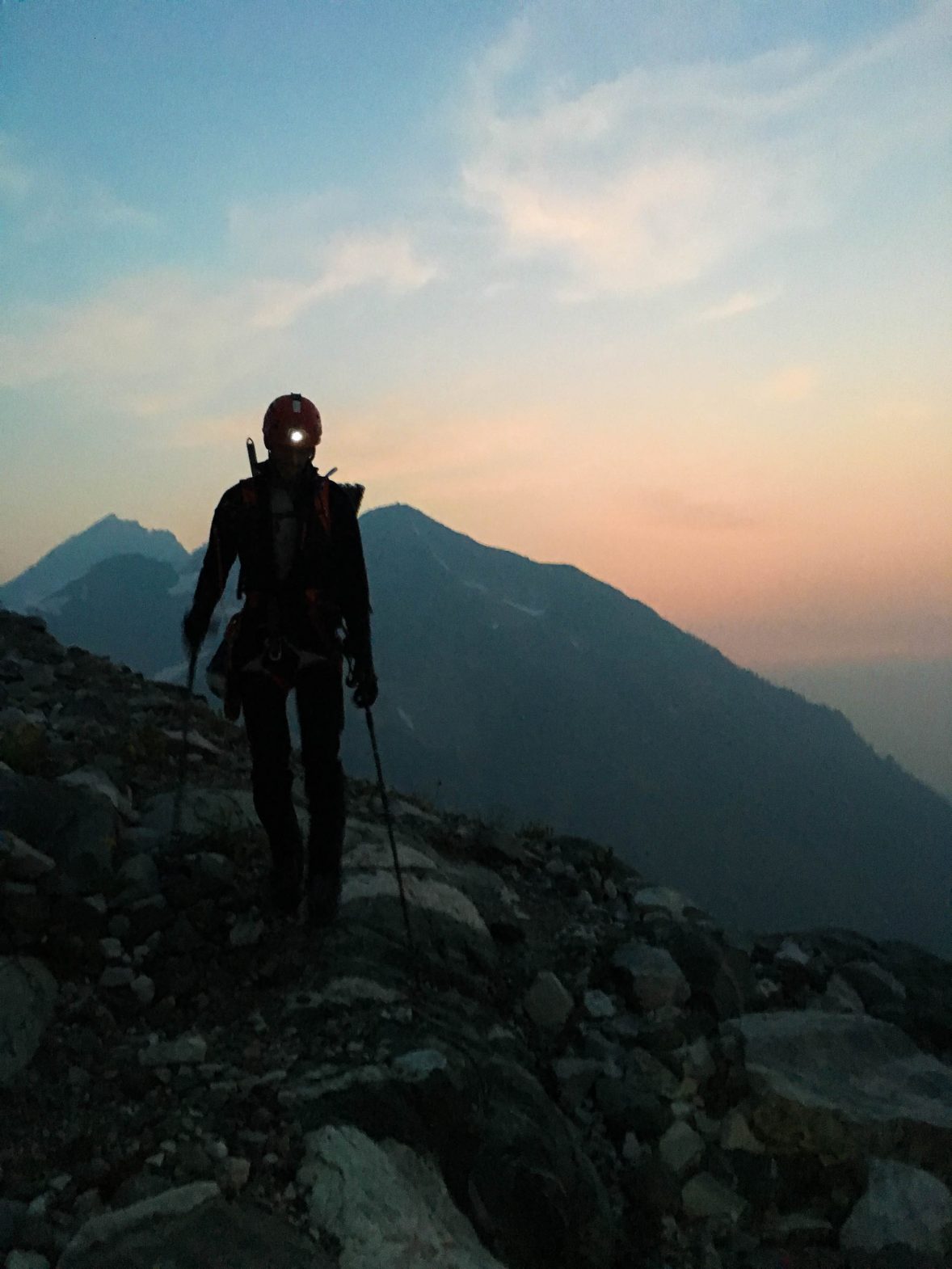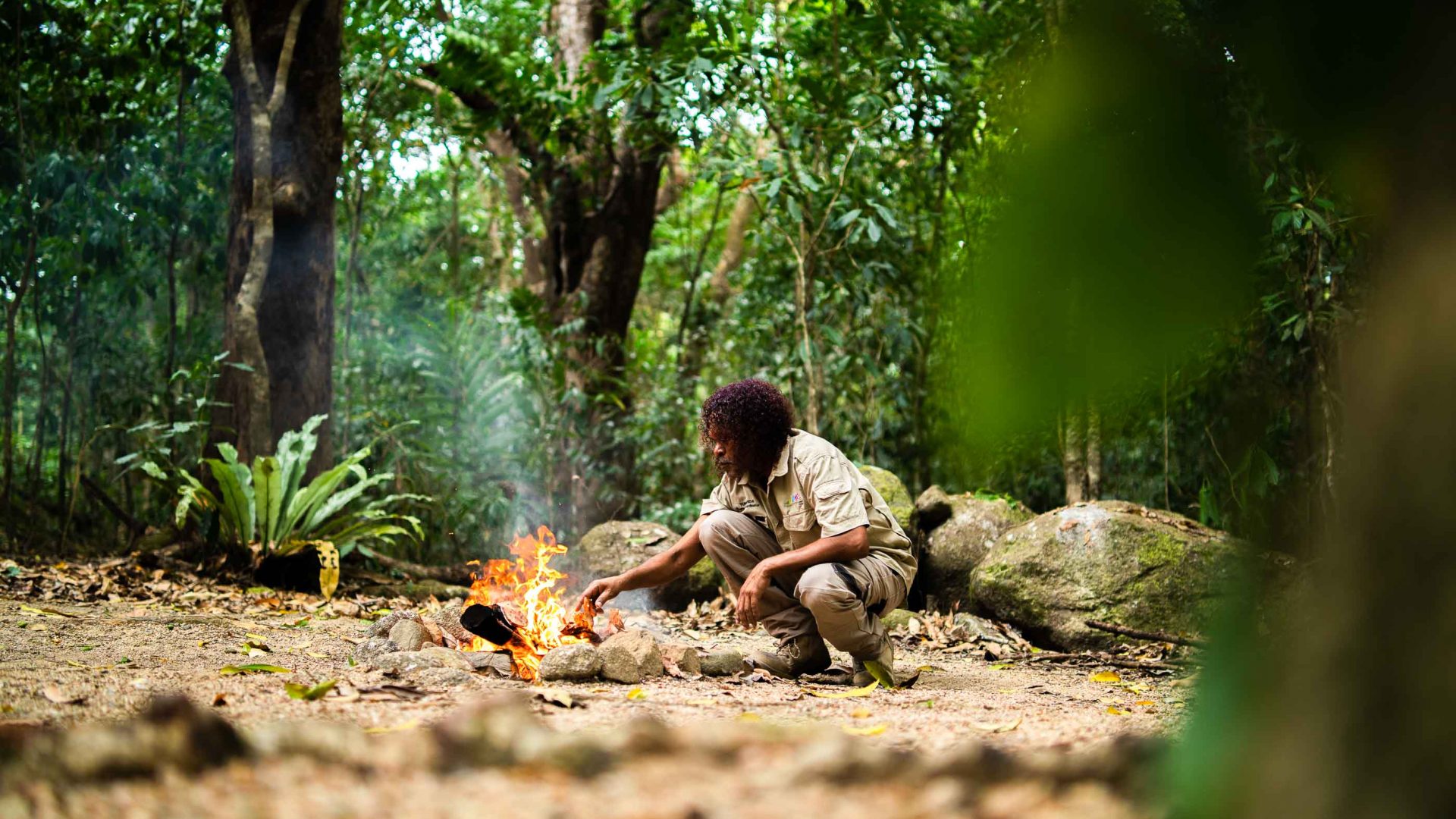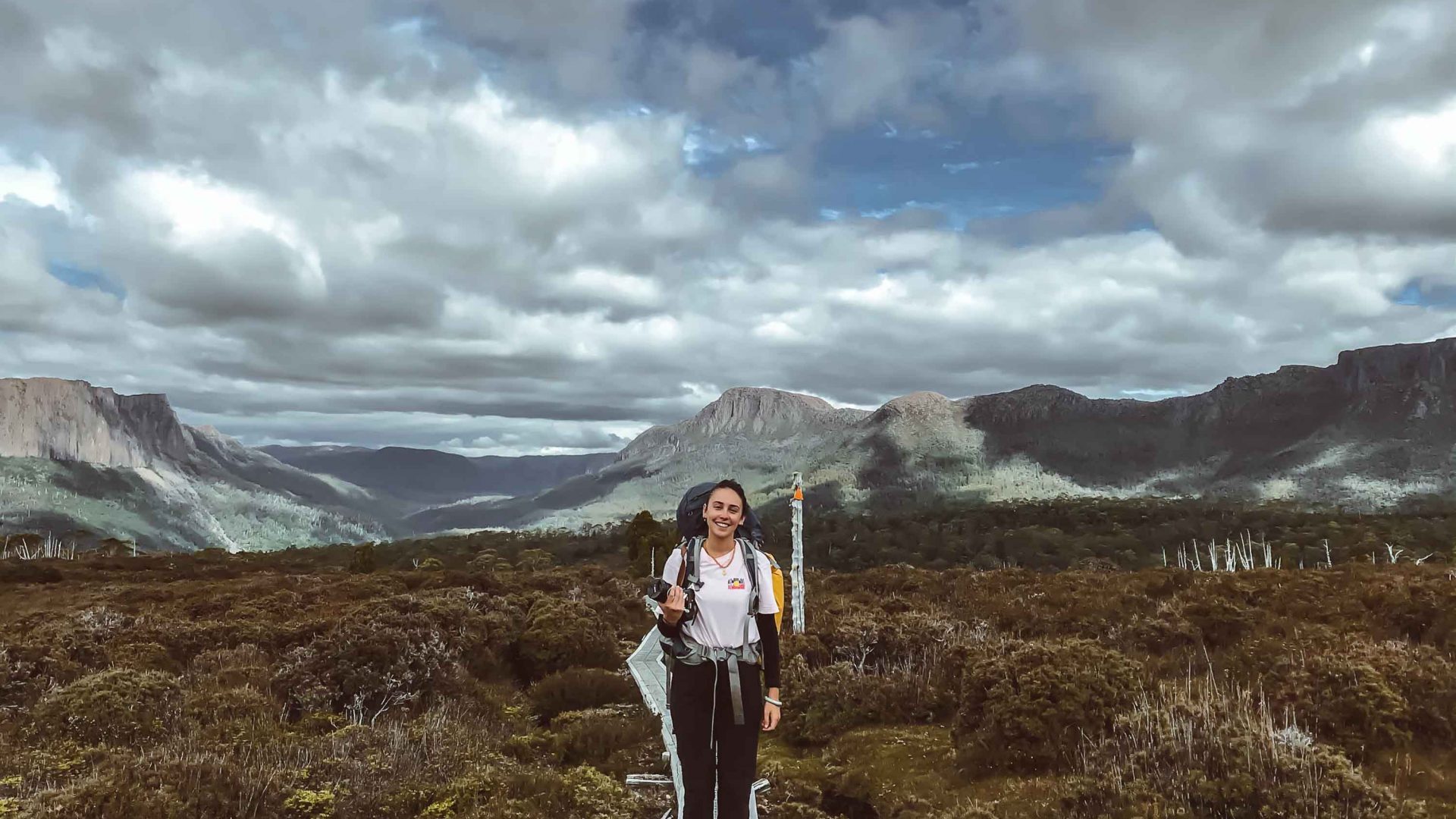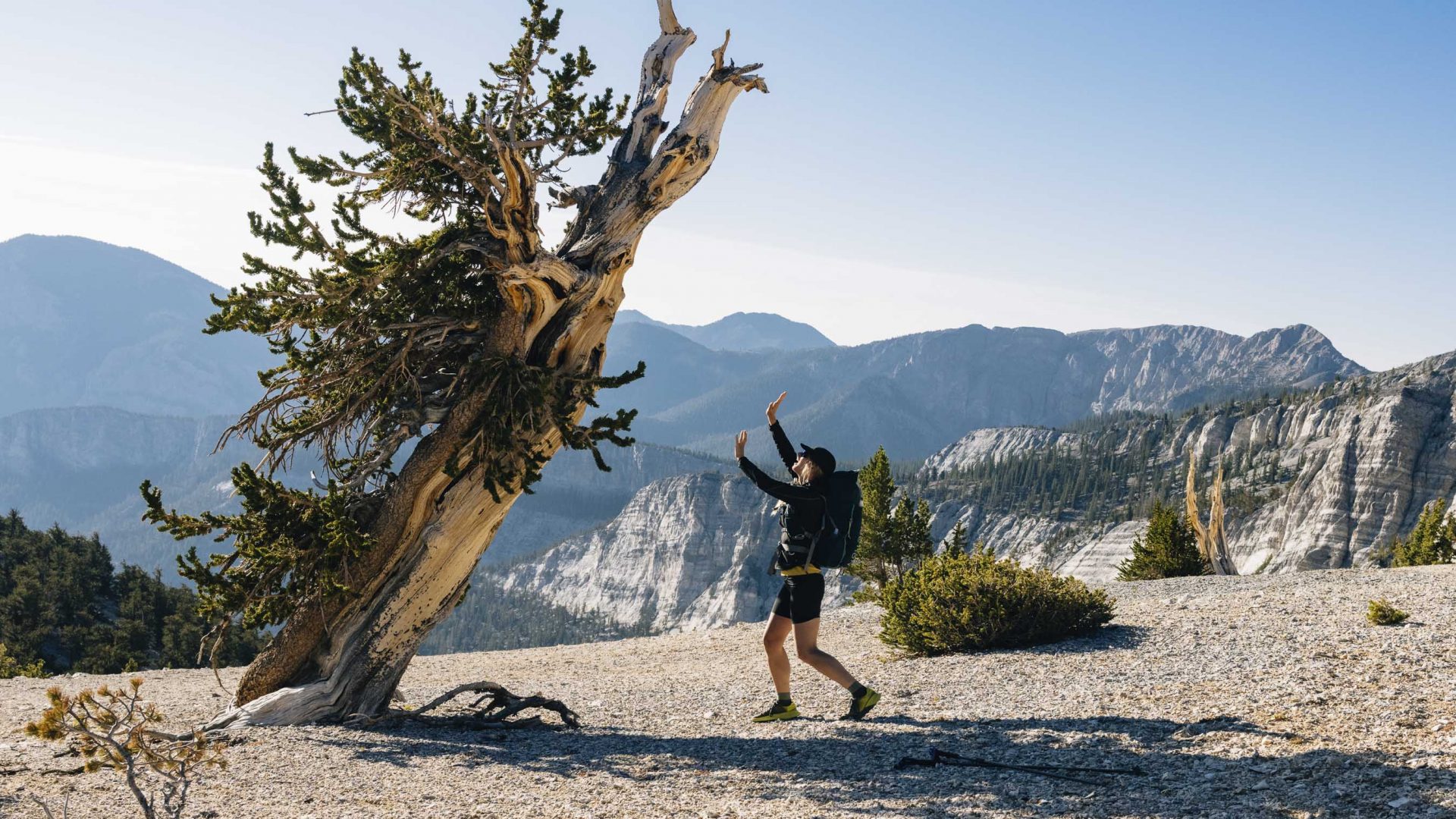
What can the mountains teach us about learning to deal with life’s more difficult moments? Anna Callaghan goes in search of an answer.
In the North Cascades, Boston Basin is dominated by a dramatic mile-long knife-edge ridge that spans from Torment Peak to Forbidden Peak. One afternoon this spring, we toured toward it through the clouds on our skis, rain soaking us before we got high enough for it to turn to snow. We set up the tent below the ridge in a whiteout storm. But in the morning, a peek from our sleeping bags yielded welcome clear skies.
The terrain in Washington state’s North Cascades National Park—like in many high alpine landscapes—has a tendency to look improbable, if not impossible. The park has hundreds of glaciers, many of them draped over the steep flanks of rocky peaks. In every direction, the horizon features layers of jagged ridgelines. From our vantage point, it was hard to tell which of the couloirs (steep gullies) would go for sure without looking at a map. Would that one end in loose rock? Or be topped by steep, unprotectable snow?
I wasn’t nervous about navigating the terrain (our group included professional mountain guides). But I couldn’t stop thinking about how even though we were by no means in uncharted territory, I felt like we were.
Sometimes the way through can still look impossible even if many people traveling before you have proven that it’s very much possible (and left evidence in their wake). Still, for some reason, it was hard to imagine a way through for me.


